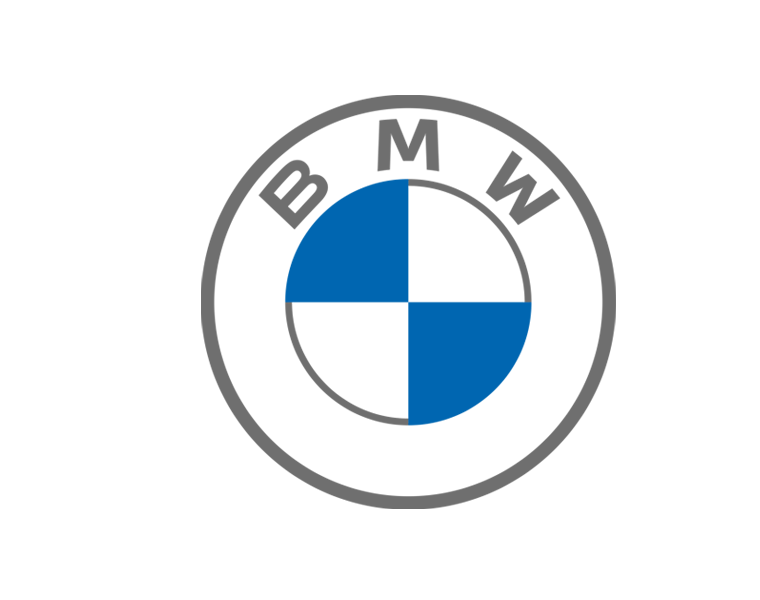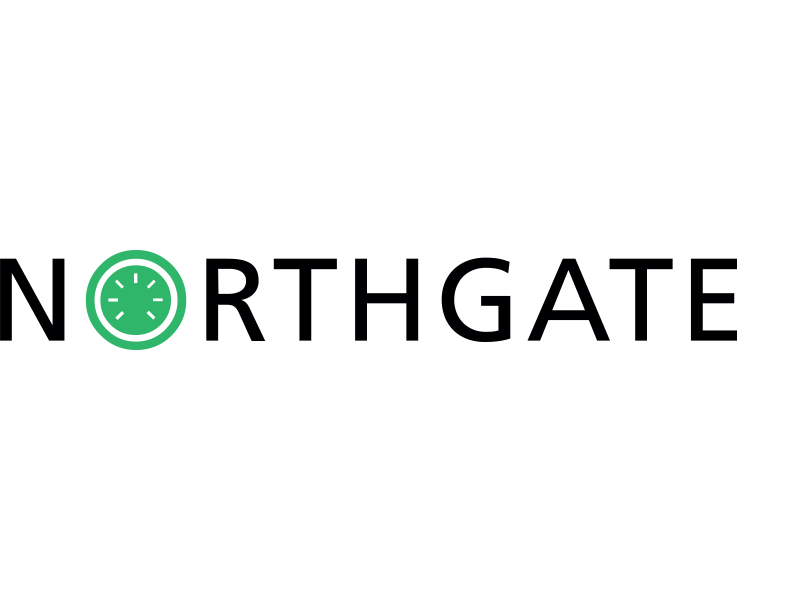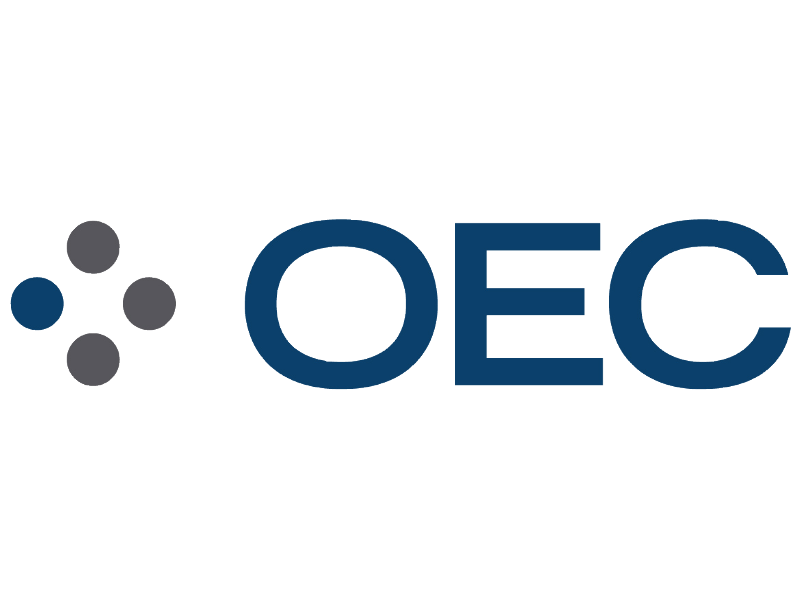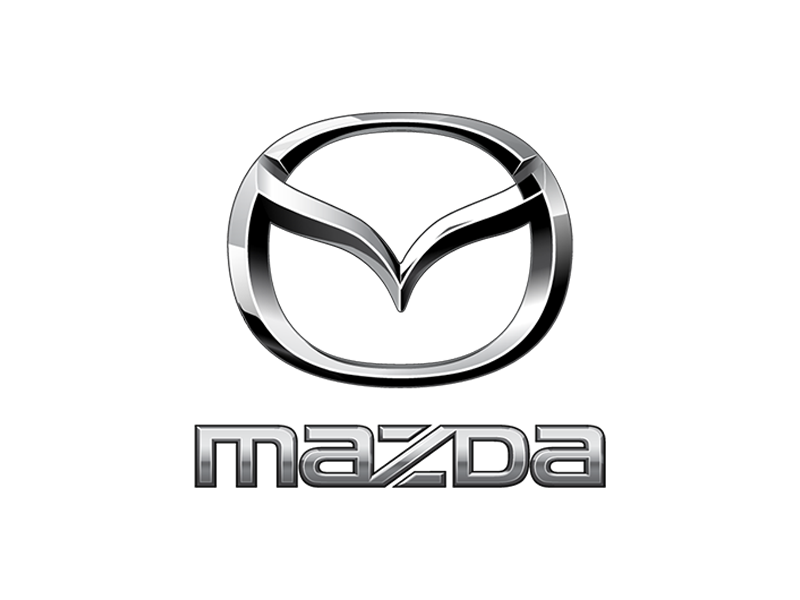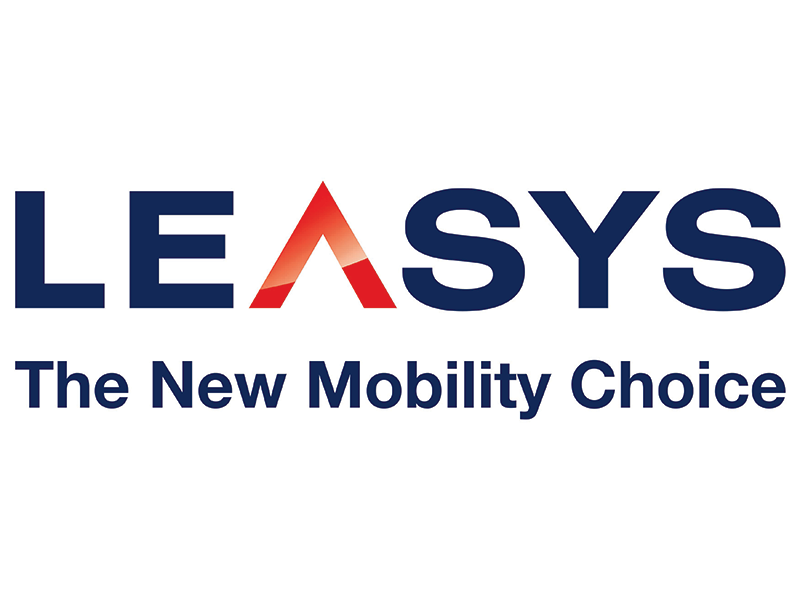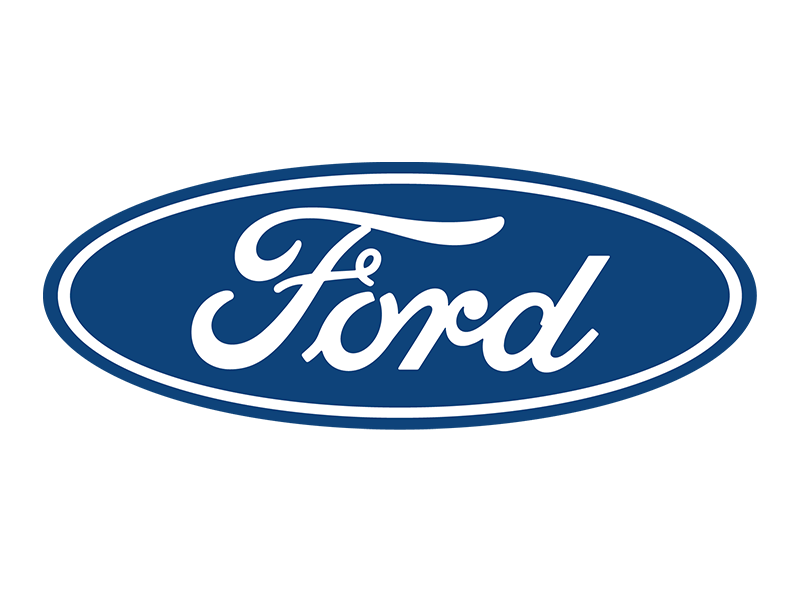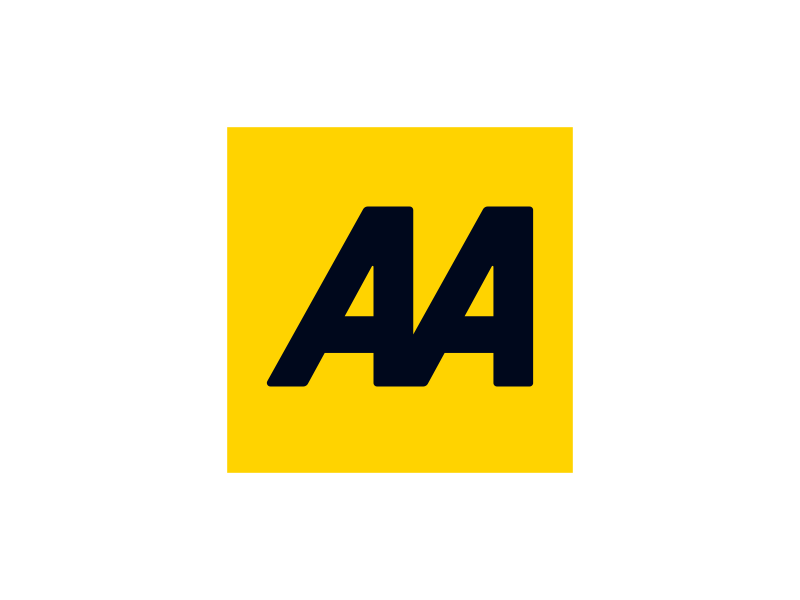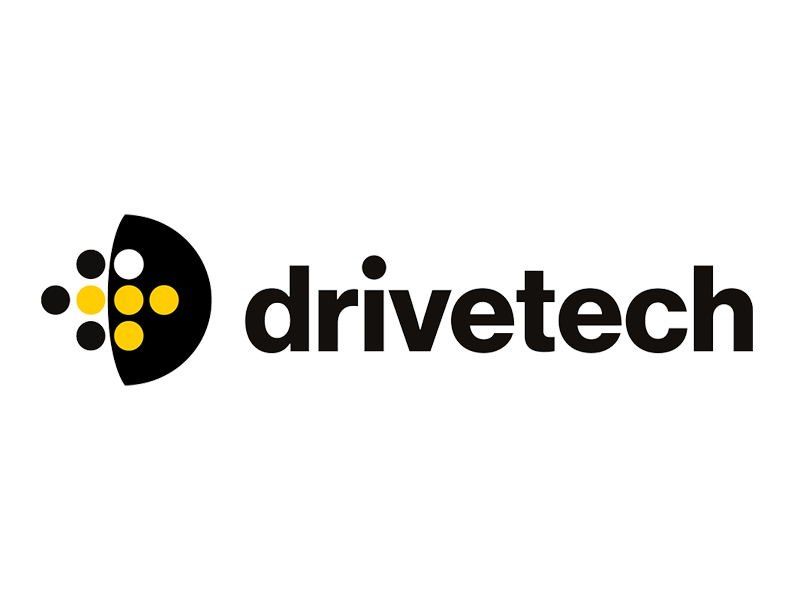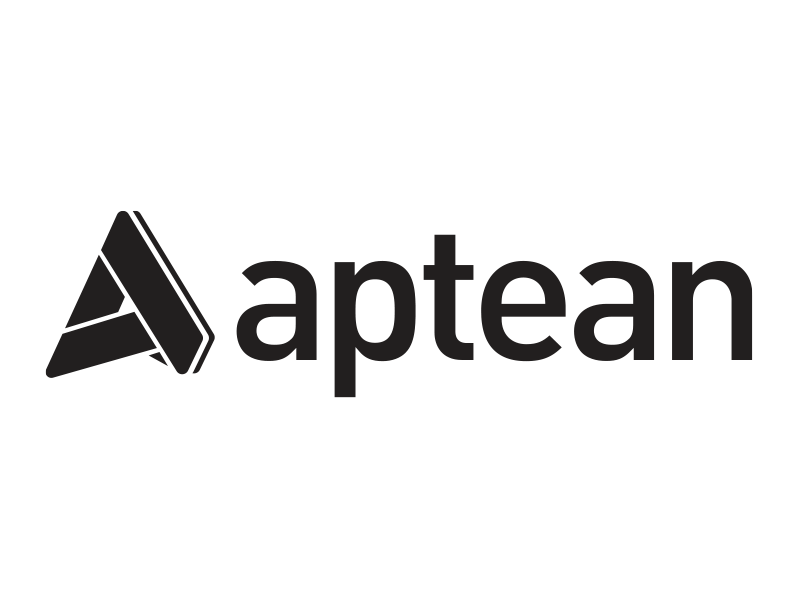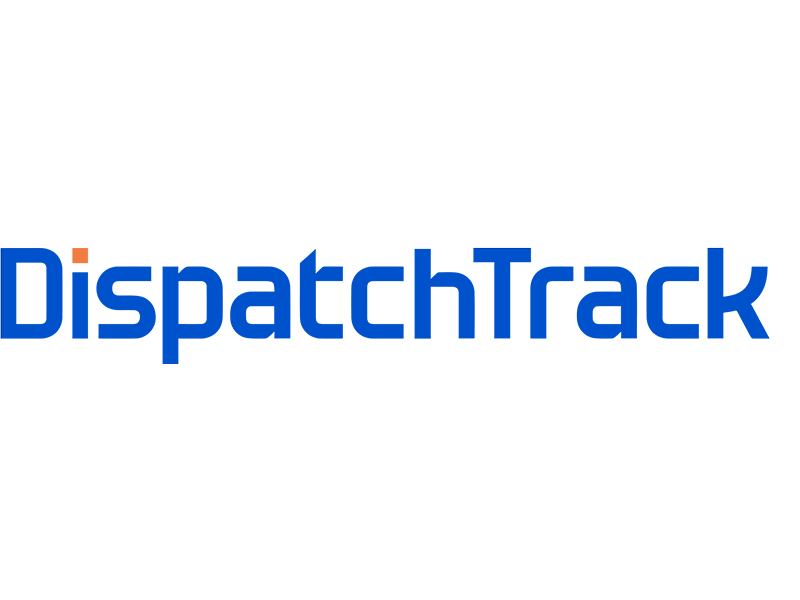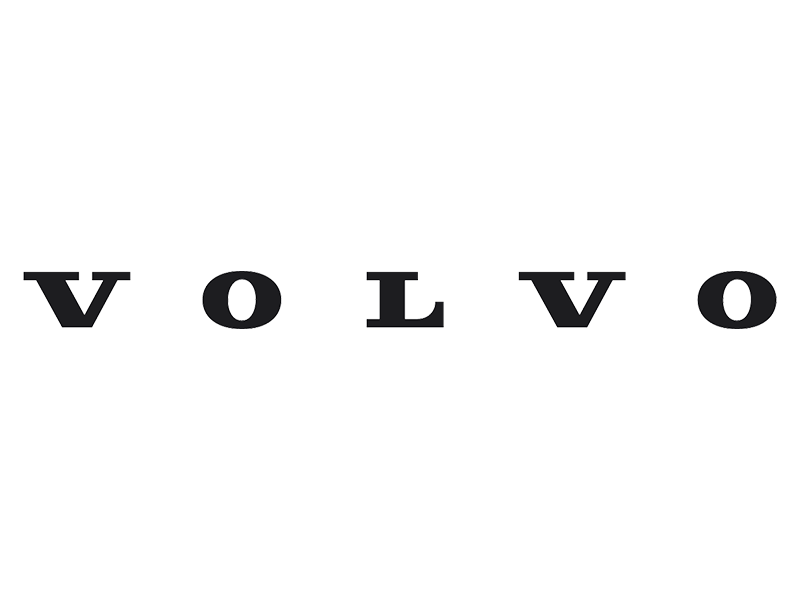Selsia is a centrally managed multi-site accident repair network. The company was founded with the objectives of shortening the accident repair supply chain, reducing vehicle loss of use and removing unnecessary costs for vehicle fleet operators. The Great British Fleet Event caught up with Neil Marcus to ask a few pertinent questions about the company.
You can often tell a lot about someone’s first car, and sure enough Neil’s was the extremely fleet-friendly Vauxhall Victor 2.3-litre. Sticking to the fleet-theme, he now drives a BMW 5 Series, with LBC and Absolute Rock pumping out from the stereo. However, if money were no object Neil says he’d dive into an Aston Martin Vanquish, which he believes to be “a wonderful supercar and an iconic British brand.” In his spare time, Neil can be found on the golf course and wouldn’t be without his clubs and running shoes.
Well-known in the industry, Neil’s working background has been colourful (literally) and varied, with a long time spent working for Standox and DuPont. He said: “I have a marketing and business leadership background. I started my career at Texaco Oil as a market analyst before moving to what was Berger Paints as a marketing product manager for the Standox vehicle refinish brand, supplying the UK accident repair market. After various acquisitions, I ended my refinish career at DuPont Performance Coatings as the UK & Ireland Country Business Manager and head of the Standox refinish business. In 2009, using my background in the accident repair market, we launched Selsia in the UK to target the growing fleet sector, primarily. We now have 200 approved repairers on our network and a substantial fleet client base all using our range of fleet accident repair services.”
So what’s Selsia’s focus this year?
Selsia is going through a period of tremendous growth as more fleets and management companies are discovering the financial and efficiency benefits of out-sourcing their accident repair requirements to an established, award winning and centrally managed accident repair organisation. We are focused on continuous growth and expansion into further UK national fleets, as well as the HGV sector, which we service with our dedicated HGV repairer group. We are also particularly engaged with our SMART Multipoint service this year, which is our innovative re-marketing service for end of life vehicles going to auction or fleet re-homing.
This is becoming a real growth area for us, particularly with so many vehicles being sold through contract plans. 2019 is Selsia’s 10th anniversary year and we’re very pleased with the way the company has grown and been recognised within the fleet, insurance, leasing and fleet management sectors. We have some fantastic clients and a dedicated, hard working network of 200 approved bodyshops who voted us the UK’s favourite accident management company in 2018. Repair capacity is going to be a real issue in 2019 so it’s important for fleets to work closely with Selsia and our connected repairer network.
How much have you found the fleet sector is changing?
From an accident repair perspective, the fleet sector continues to look at cost and efficiency savings and vehicle loss of use. The growth of e-commerce and online shopping has stimulated the van market in particular and the need to keep delivery vehicles in service is critical. Where fleet management tasks can be unbundled and out-sourced, we’re ready to help. We’re also seeing non-traditional fleet management duties being given to other company functions such as finance, procurement and HR. This is where working with Selsia really helps a company.
What’s keeping today’s fleet manager awake at night?
When vehicles are off the road as a result of road traffic accidents, it could be costing a fleet up to £500 per day in loss of use, hire charges and customer disruption. Add to that, inconsistency in repair costs and we have a real problem. Out-sourcing to a centrally managed accident repair organisation can reduce vehicle loss of use by having repairers close to depots. And, repair costs can be managed through bulk national buying of labour, paint and parts, repair over replacement of parts and standard rates across the UK. In addition, as up to 40% of a claims costs can be attributed to administration, this cost can be substantially reduced through out-sourcing.
How do you see that continuing to change over the next five-ten years?
I believe there will be more out-sourcing of this type of work to reduce costs and increase efficiencies. The culture of online shopping will continue as the face of the high street changes to showroom type experiences and less on physical acquisitions. Management of the accident repair process, I believe, will be assigned more to multi-site operations like Selsia where costs can be tightly controlled, particularly where repair capacity issues could lead to higher repair rates. As technology of vehicles continues and with the evolution of EV and AFVs, it will become more important for fleet managers to work with repair networks in order to reduce loss of use.
What sort of challenges and opportunities could this present?
Centrally managed accident repair networks already exist in the UK and some, like Selsia, with our cars and vans as well as HGV group, specialise in the fleet sector in particular. The challenge for fleet managers not using a multi-site network is to seriously consider doing so. The opportunities are reduced touch points, reduced loss of use, controlled costs and continuous driver safety.
What would you like to see change in that time to help the sector move forwards?
I think a lot of the awareness and education of what multi-site networks can offer is our responsibility. If we’re not getting our messages across, well, that’s down to us.
What’s in the pipeline from your company in 2019?
You’ll be seeing much more of Selsia in the fleet sector as our sales and marketing communications activities continue to gather momentum.

